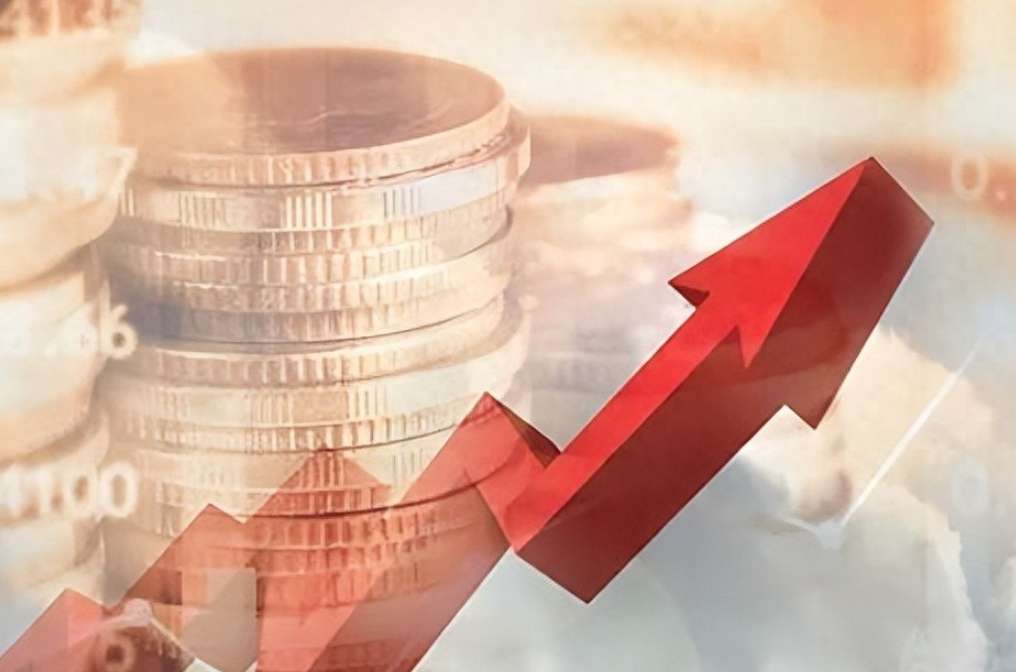Golden Surge, Exchanges Take Action!
Advertisements
Throughout 2023, the price of gold has frequently reached new historical highs, creating an atmosphere of exuberance among investors. Precious metals, primarily gold and silver, have emerged as the most compelling asset class, attracting considerable attention on an international scale. Institutions like Goldman Sachs remain bullish on gold investments, projecting significant price increases. This rising tide, however, has prompted regulatory bodies to tighten control over trading activities to maintain market stability.
On April 16, both the Shanghai Futures Exchange (SHFE) and the Shanghai International Energy Exchange decided to institute a series of risk control measures aimed at managing the rapid fluctuations in prices. Specifically, the exchanges targeted various futures contracts, announcing adjustments to trading limits, margin requirements, and fees associated with settling open positions. This reflects a proactive approach to preventing speculative trading from overheating, thus ensuring a more stable market environment.
Starting on April 17, the SHFE will increase the price fluctuation limits on gold and silver futures contracts from 6% and 7% to 8%, respectively. Meanwhile, the margin requirements for hedging activities will rise from 7% to 9%, while speculative trading margins will see an increase from 8% to 10%. These adjustments are intended to curb excessive trading and protect the market from volatility.
As prices for precious metals continue their rapid ascent, there has been a notable increase in trading volume for both Shanghai gold and silver futures. The exchange's swift response to implement multiple risk control measures signifies a commitment to stabilizing market sentiment and preventing overly speculative behavior amongst investors. After these measures took effect, trading positions for gold and silver futures showed a decline, allowing the price increases to stabilize temporarily.
Simultaneously, the Shanghai Gold Exchange had also adjusted its margin requirements for gold and silver-related products in a bid to regulate trading activities. For instance, on April 8, the exchange announced that as of the next trading day, the margin for Ag (T+D) contracts would be elevated from 10% to 12%, with the daily price fluctuation limit shifting from 9% to 11%. Additionally, on April 12, a further adjustment was made, increasing the margin for several gold contracts to 9% and altering the fluctuation limits accordingly.
Despite this tightening of regulations, institutions such as Goldman Sachs appear unfazed by the rising prices. Recently, Goldman Sachs raised its year-end gold price forecast to $2,700 per ounce, a notable increase from an earlier prediction of $2,300. This bullish stance stems from several factors that have bolstered the demand for gold since mid-2022, particularly fueled by central banks in emerging markets stockpiling gold and a rise in retail buying in Asia. These factors are further corroborated by the current macroeconomic and geopolitical landscape, which seems to favor gold as a safe-haven asset.

As of April 17, around 12:15 AM Beijing time, international gold prices remained strong, whereas silver exhibited some fluctuations. According to Xia Yingying, the director of non-ferrous metals research at South China Futures, since London gold broke above $2,100 in early March, wild price movements have been driven by significant bullishness in precious metals.
Several influential factors have contributed to this surge in prices. Firstly, the decline in U.S. debt servicing capabilities and the alleged "weaponization" of the dollar have accelerated the de-dollarization process among countries outside the Western sphere. This has led central banks, including China's, to increase their gold reserves, aligning their interests with precious metals over U.S. Treasury securities.
Secondly, the first quarter is traditionally a peak consumption season for precious metals in China. Combined with lackluster performances in other asset classes, March's robust increases in gold and silver prices have drawn significant attention, leading to an explosive demand for physical gold and silver. Chinese gold ETFs have also witnessed accelerated inflows starting in late March.
Moreover, geopolitical tensions and financial risk concerns have heightened the demand for gold as a safe haven, further boosting investment in precious metals. The strong performance of silver can also be attributed to several additional factors, including a decrease in the gold-to-silver ratio and increased investment demand. The iShares Silver ETF has reported notable net inflows since late March, and non-commercial long positions have continually increased as per CFTC reports.
In addition to these dynamics, the underlying fundamentals for silver are also optimistic. The growing reliance on silver in photovoltaic applications suggests strong investment demand, while supply remains relatively inelastic. This robust demand juxtaposed with limited supply sheds light on silver’s climbing prices.
In conclusion, the surge in gold and silver prices in recent months is a complex blend of eager institutional forecasts, robust demand from emerging markets, and heightened geopolitical concerns. While investors maintain a bullish outlook, the regulatory adjustments from exchanges indicate an awareness of the potential risks associated with rapid trading. As the year progresses, all eyes will be on how these market dynamics unfold, especially as institutional perspectives continue to shape investor sentiment in the precious metals sector.